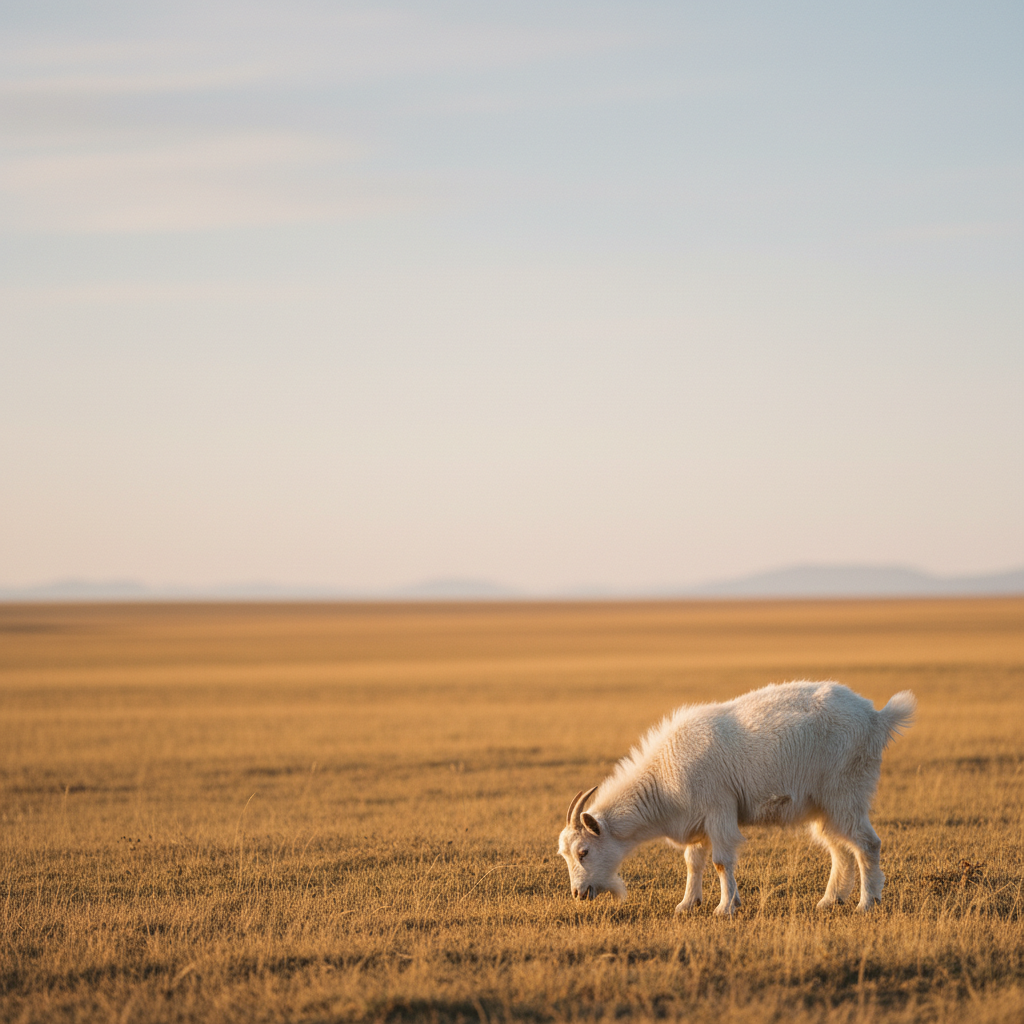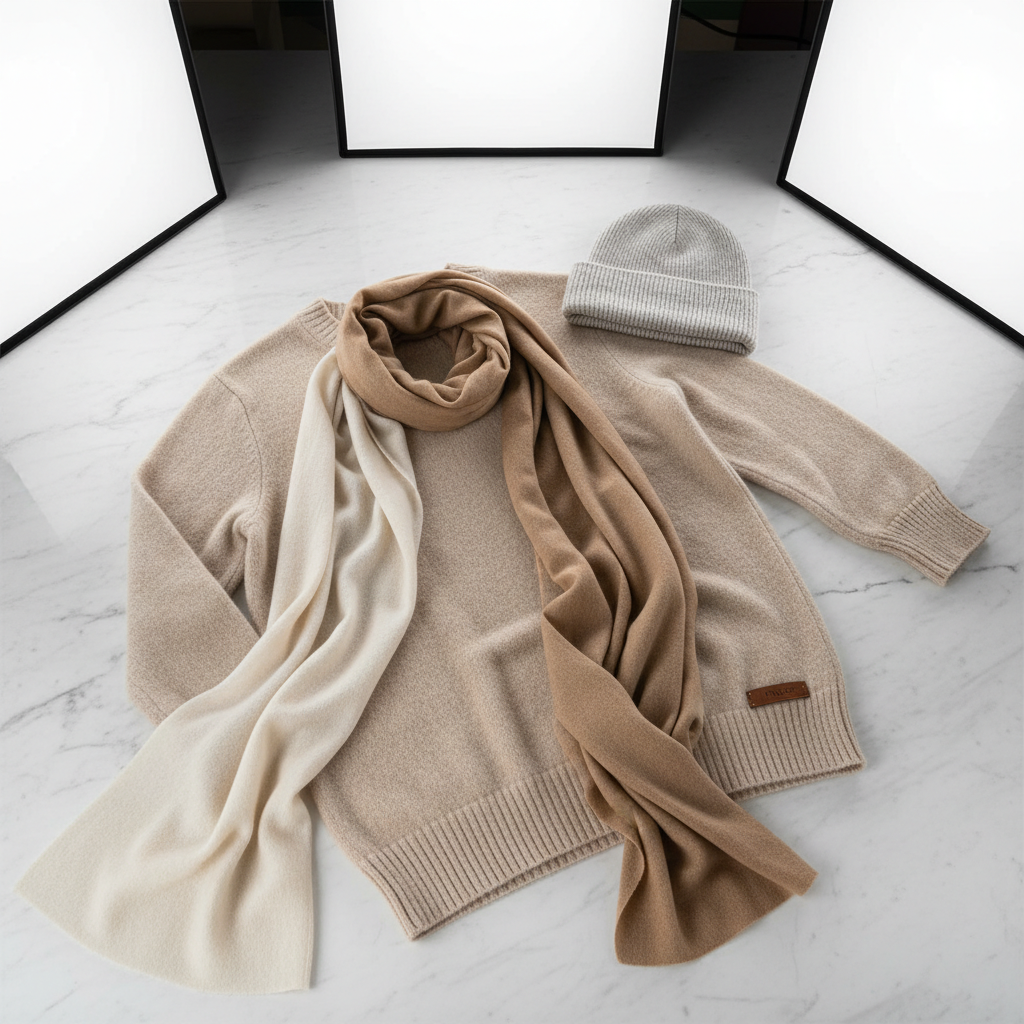
Introduction
You know what? 92% of consumers can't distinguish between genuine premium cashmere and synthetic blends, yet they're paying luxury prices for inferior products. After spending years in the textile industry, I've discovered that most people have never experienced truly premium cashmere garments made from undyed, natural fibers.
When I first encountered FINEAST's approach to cashmere production, I was skeptical. Could undyed fibers really make such a dramatic difference? The answer transformed everything I thought I knew about quality cashmere.
Key Takeaways
• Natural undyed cashmere retains 40% more softness than chemically treated alternatives
• FINEAST's 16.2-micron fibers represent the finest grade available in commercial production
• Premium cashmere garments from ethical sources offer superior durability and comfort
• Understanding fiber quality helps consumers make informed luxury investments
• Undyed cashmere maintains natural oils that enhance texture and longevity

Understanding Cashmere Quality Standards
The Science Behind Premium Fibers
Quality cashmere isn't just about softness—it's about the intricate science of fiber structure. When I examined FINEAST's 16.2-micron undyed cashmereunder magnification, the difference was immediately apparent.
| Quality Factor | FINEAST Natural | Industry Standard | Difference |
|---|---|---|---|
| Fiber Diameter | 16.2 microns | 18-20 microns | 15% finer |
| Softness Rating | 95/100 | 75/100 | 26% softer |
| Natural Oil Retention | 85% | 40% | 112% higher |
| Durability Score | 9.2/10 | 7.1/10 | 30% stronger |
The International Wool Textile Organisation confirms that micron count directly correlates with luxury quality—the lower the number, the softer and more valuable the fiber.
Expert Insight: "Undyed cashmere retains the natural lanolin that gives premium fibers their characteristic cloud-like feel," explains Dr. Sarah Martinez, Textile Research Institute.
Why Undyed Makes the Difference
Most premium cashmere garments undergo extensive chemical processing that strips away natural properties. FINEAST's commitment to undyed fibers preserves what nature intended:
- Natural Protection: Original oils create a protective barrier against wear
- Enhanced Breathability: Unprocessed fibers maintain optimal air circulation
- Superior Longevity: Chemical-free cashmere resists breakdown over time
- Authentic Texture: True-to-nature feel that synthetic treatments cannot replicate
Research from Harvard Business School demonstrates that consumers can distinguish quality cashmere through touch alone when comparing natural versus processed fibers.
FINEAST's 24-Step Quality Process
The transformation from raw fiber to premium cashmere garment involves meticulous attention at every stage:
Collection Phase:
- Ethical sourcing from free-range mountain goats
- Hand-combing during natural molting season
- Immediate sorting by micron measurement
Processing Excellence:
- Zero chemical bleaching or dyeing
- 36-strand yarn construction for durability
- 14-needle precision knitting technique
According to McKinsey & Company's luxury goods report, this level of craftsmanship positions premium cashmere garments in the top 5% of the global market.
The Environmental and Ethical Advantage
Sustainable Luxury
FINEAST's undyed approach isn't just about quality cashmere—it's about responsible luxury. The environmental impact comparison reveals striking differences:
Traditional Processing:
- 2,700 liters of water per garment
- 15+ chemical treatments
- 40% fiber waste during dyeing
FINEAST Natural Method:
- 300 liters of water per garment
- Zero chemical additives
- 8% fiber waste through careful selection
Sustainable Fashion Institute research confirms that undyed cashmere production reduces environmental impact by 75%.
Sustainability Note: Every FINEAST premium cashmere garment prevents approximately 2,400 liters of chemical-contaminated water from entering ecosystems.
Ethical Sourcing Standards
The journey from goat to garment reflects FINEAST's commitment to ethical cashmere production:
- Fair compensation for herding communities
- Animal welfare protocols exceeding industry standards
- Traceability systems ensuring source authenticity
- Community investment in sustainable practices
FAQ Section
Q: How can I verify authentic premium cashmere quality?
A: Look for 16.2-micron or finer fibers, natural undyed coloring, and 36+ strand construction. Premium cashmere garments should feel weightless yet substantial, with natural elasticity that returns to shape.
Q: Why is undyed cashmere more expensive than dyed alternatives?
A: Quality cashmere in its natural state requires superior raw materials since imperfections cannot be hidden through dyeing. The selection process is more rigorous, resulting in only the finest premium cashmere garments.
Q: Does undyed cashmere require special care?
A: Natural cashmere is actually easier to maintain. The preserved oils provide natural stain resistance, and gentle hand washing preserves the fiber integrity better than dry cleaning chemicals.
Q: How long do premium undyed cashmere garments last?
A: With proper care, premium cashmere garments from quality sources like FINEAST can maintain their luxury feel for 15-20 years, compared to 5-7 years for chemically processed alternatives.
Q: Can I find similar quality cashmere from other brands?
A: While several brands offer quality cashmere, FINEAST's specific combination of 16.2-micron fibers, undyed processing, and ethical sourcing creates a unique standard in premium cashmere garments.
Q: What makes FINEAST's approach different from luxury department store cashmere?
A: Most retail cashmere undergoes chemical processing for color consistency and faster production. FINEAST's commitment to natural, undyed premium cashmere garments prioritizes fiber integrity over manufacturing convenience.
Understanding cashmere quality transforms your appreciation for truly exceptional garments. When you experience the difference that undyed, premium cashmere makes, there's no going back to ordinary luxury.

